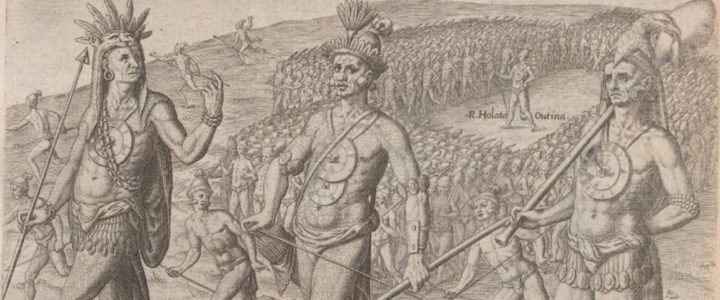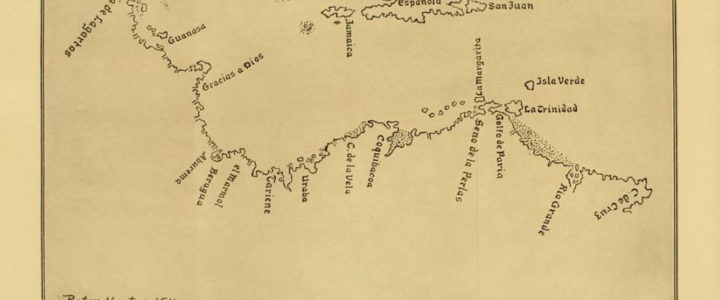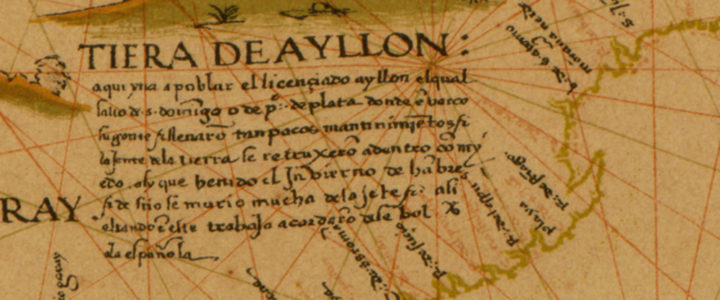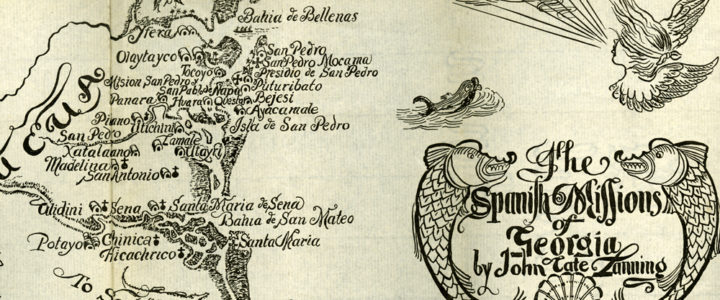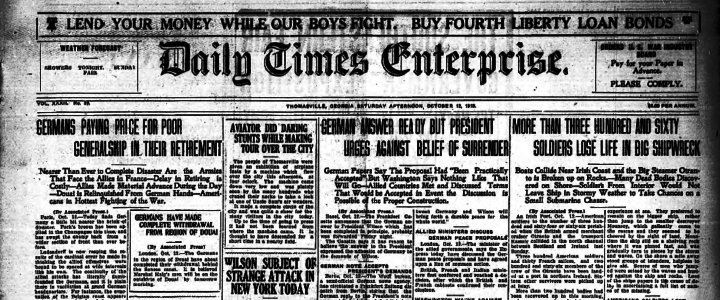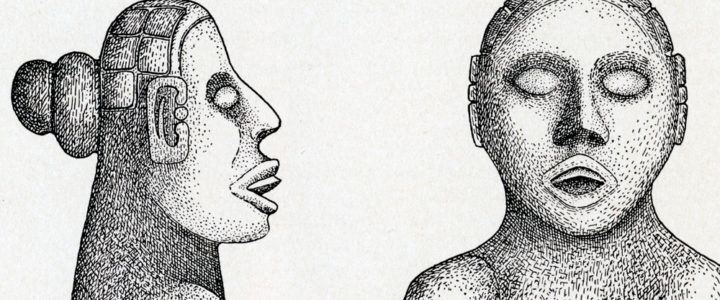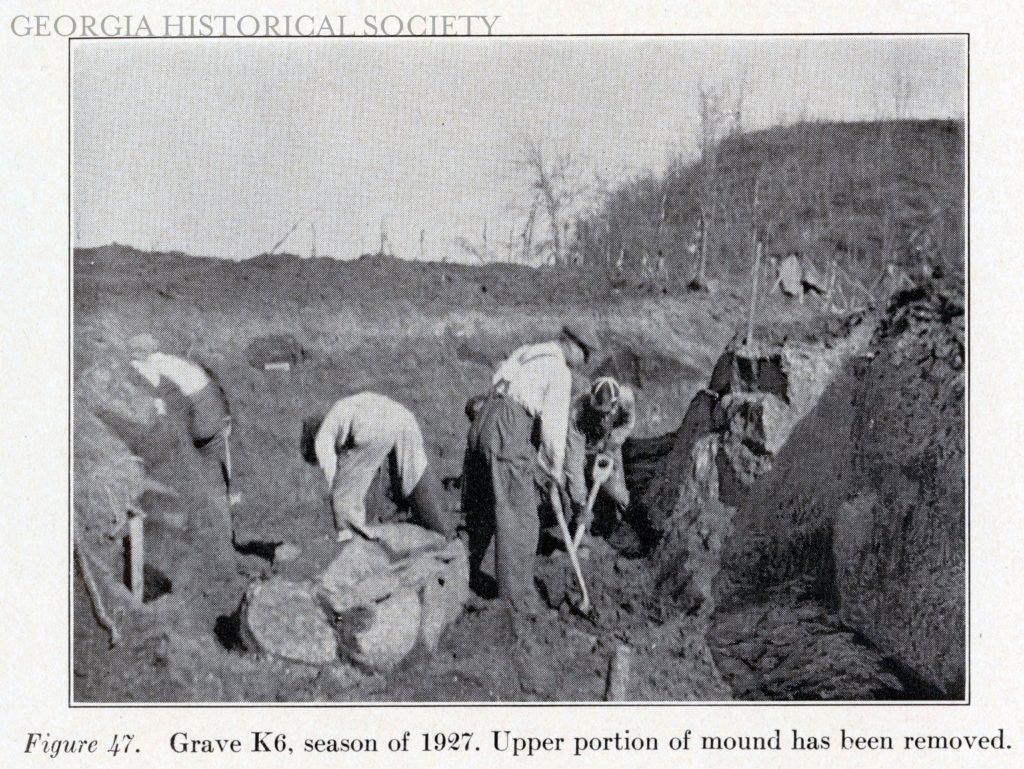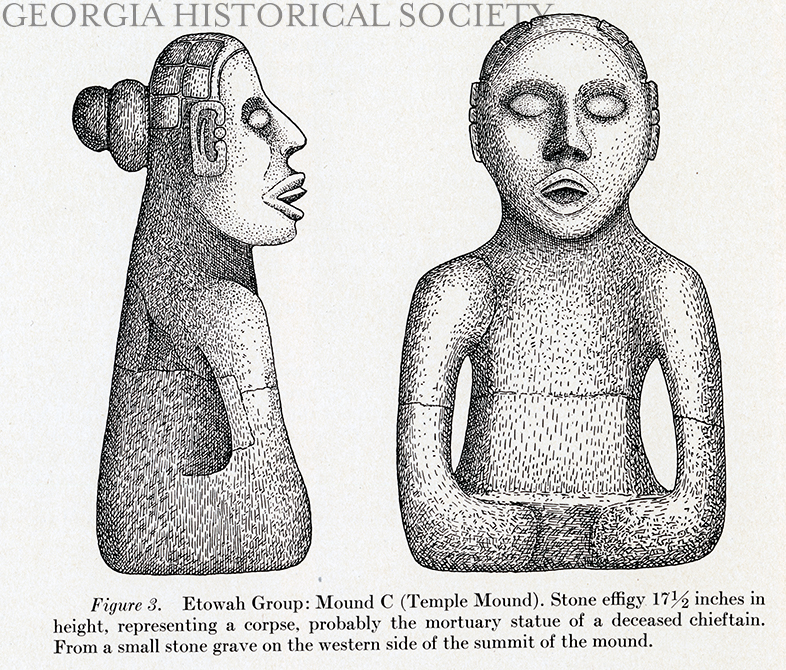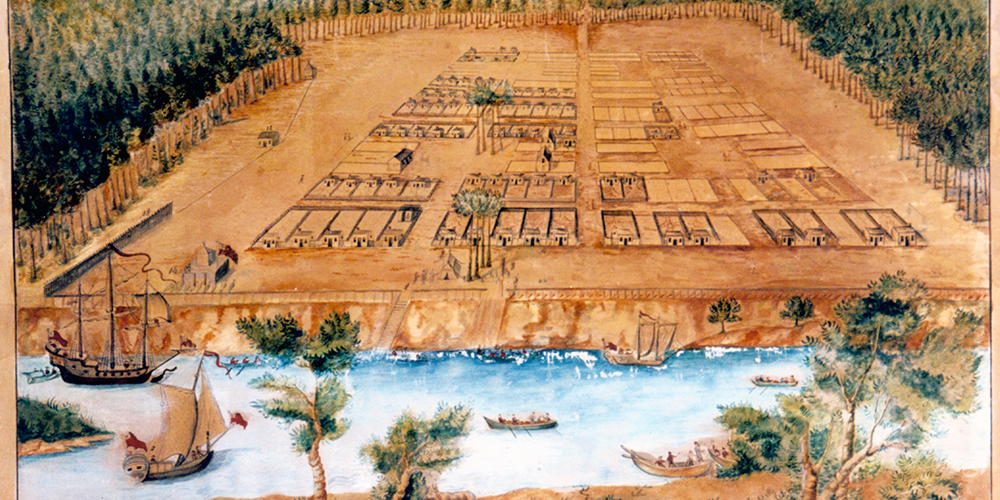De Morgues’ book gives a detailed account of the tragic fate of the French colony in Florida who were killed by the Spanish in the 16th century. Jacques le Moyne de Morgues was a French artist and member of Jean Ribault’s expedition to the New World. His depictions of Native American life and culture, colonial life, and plants are of extraordinary historical importance.
Lemoyne de Morgues, Jacques. Brevis narratio eorum quae in Florida Americae provincia Gallis acciderunt (Brief Narration of Those Things Which Befell the French in the Province of Florida in America.) Published by Theodor de Bry, 1519.
Read a selected transcript with color images from the National Humanities Center.

